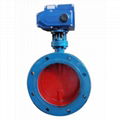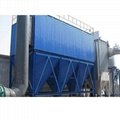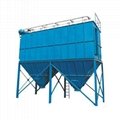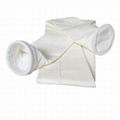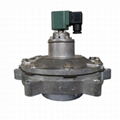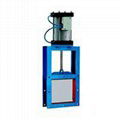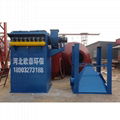| Model: | - |
|---|---|
| Brand: | Senotay |
| Origin: | Made In China |
| Category: | Industrial Supplies / Other Industrial Supplies |
| Label: | electrostatic dust c |
| Price: |
US $500
/ pc
|
| Min. Order: | 1 pc |
| Last Online:19 Mar, 2020 |
The working principle of the electrostatic dust collector is to use the high voltage electric field to ionize the flue gas. The dust charge in the air flow is separated from the air flow under the action of the electric field. The negative electrode is made of metal wires with different cross-sectional shapes and is called a discharge electrode.
The positive electrode is made of metal plates of different geometries and is called a collecting electrode. The performance of an electrostatic precipitator is affected by three factors, the nature of the dust, the configuration of the equipment, and the flow rate of the flue gas. The specific resistance of dust is an index for evaluating conductivity, and it has a direct effect on the dust removal efficiency. The specific resistance is too low, dust particles are difficult to maintain on the dust collecting electrode, causing it to return to the air flow. The specific resistance is too high, and the dust particles that reach the dust collection electrode are not easily released. A voltage gradient between the dust layers can cause partial breakdown and discharge. These conditions will result in a drop in dust removal efficiency. The basic principle of electrostatic precipitators is to use electric power to trap dust from the fumes, which mainly includes the following four interrelated physical processes:
(1) The ionization of gas.
(2) The charge of dust.
(3) Charged dust moves to the electrode.
(4) Charged dust collection.
| Payment Terms: | WT |
|---|---|

